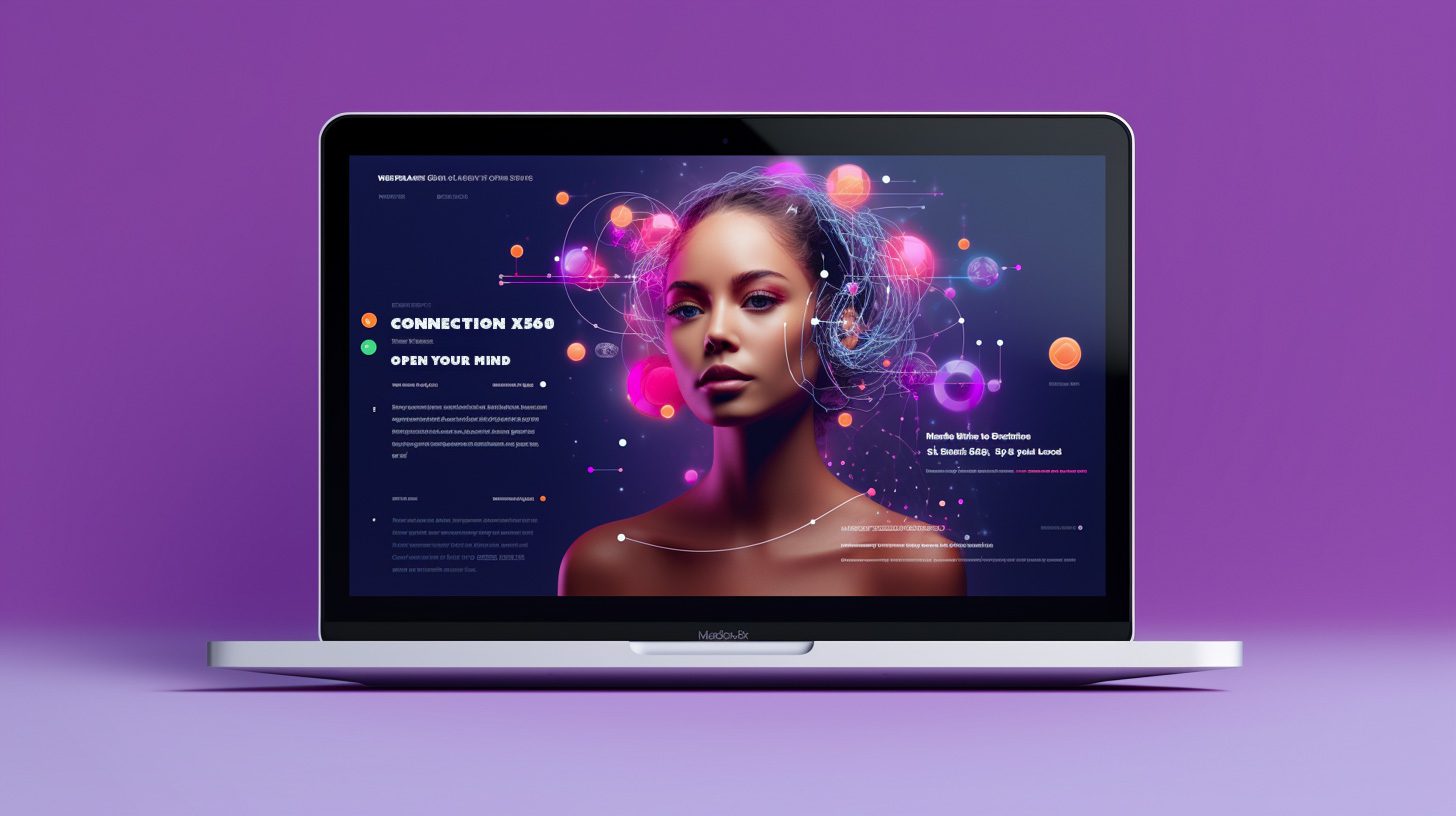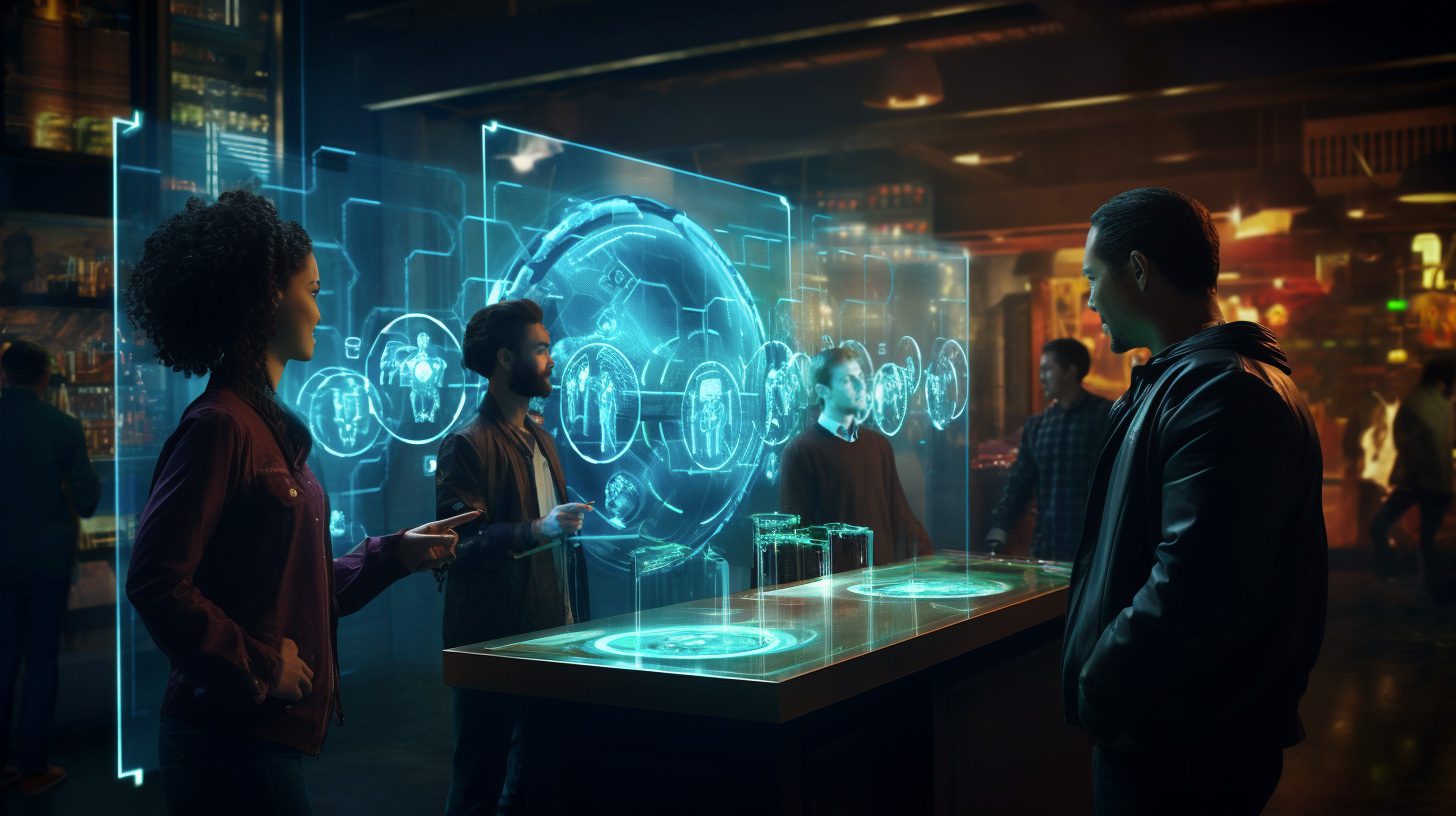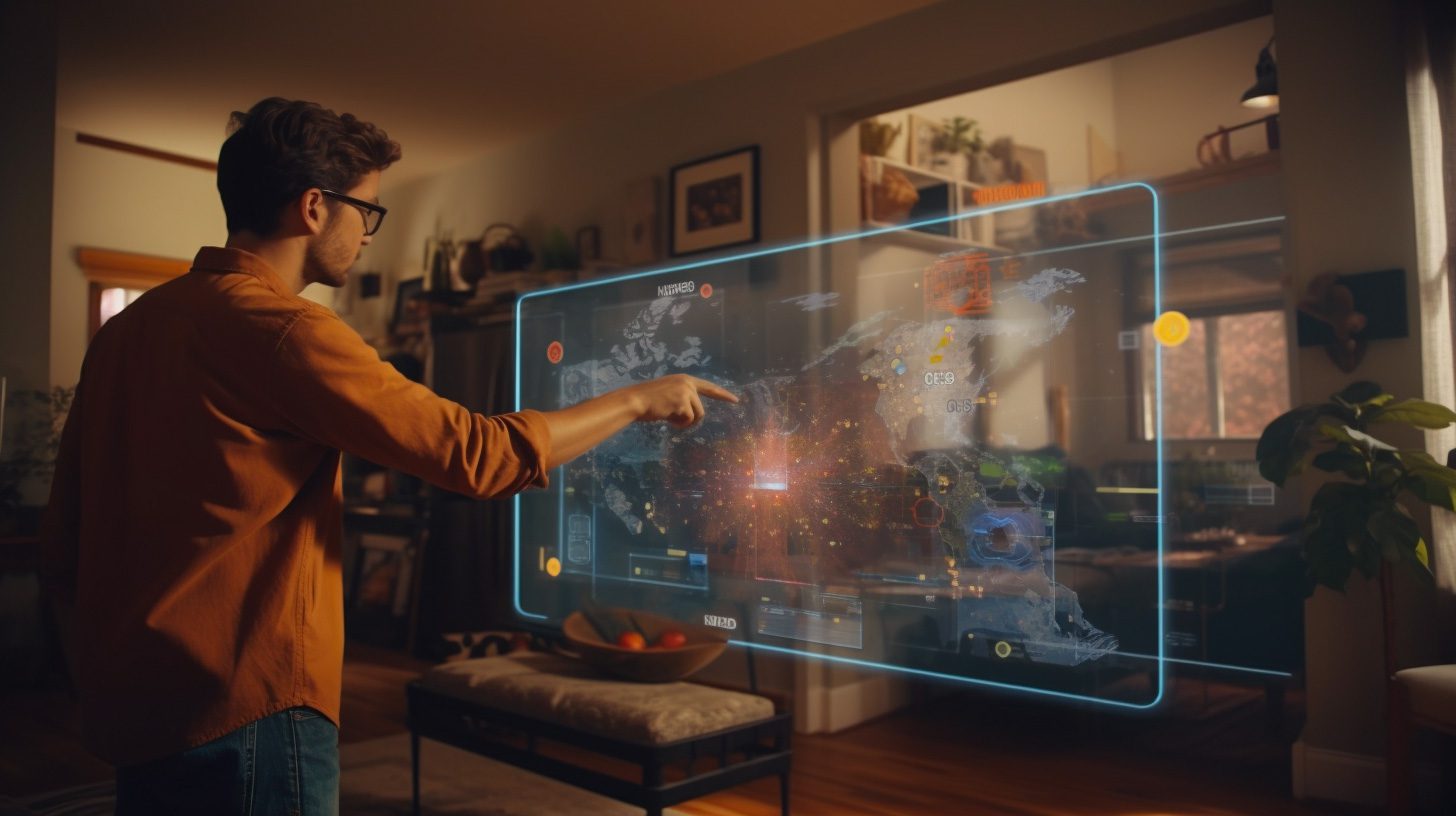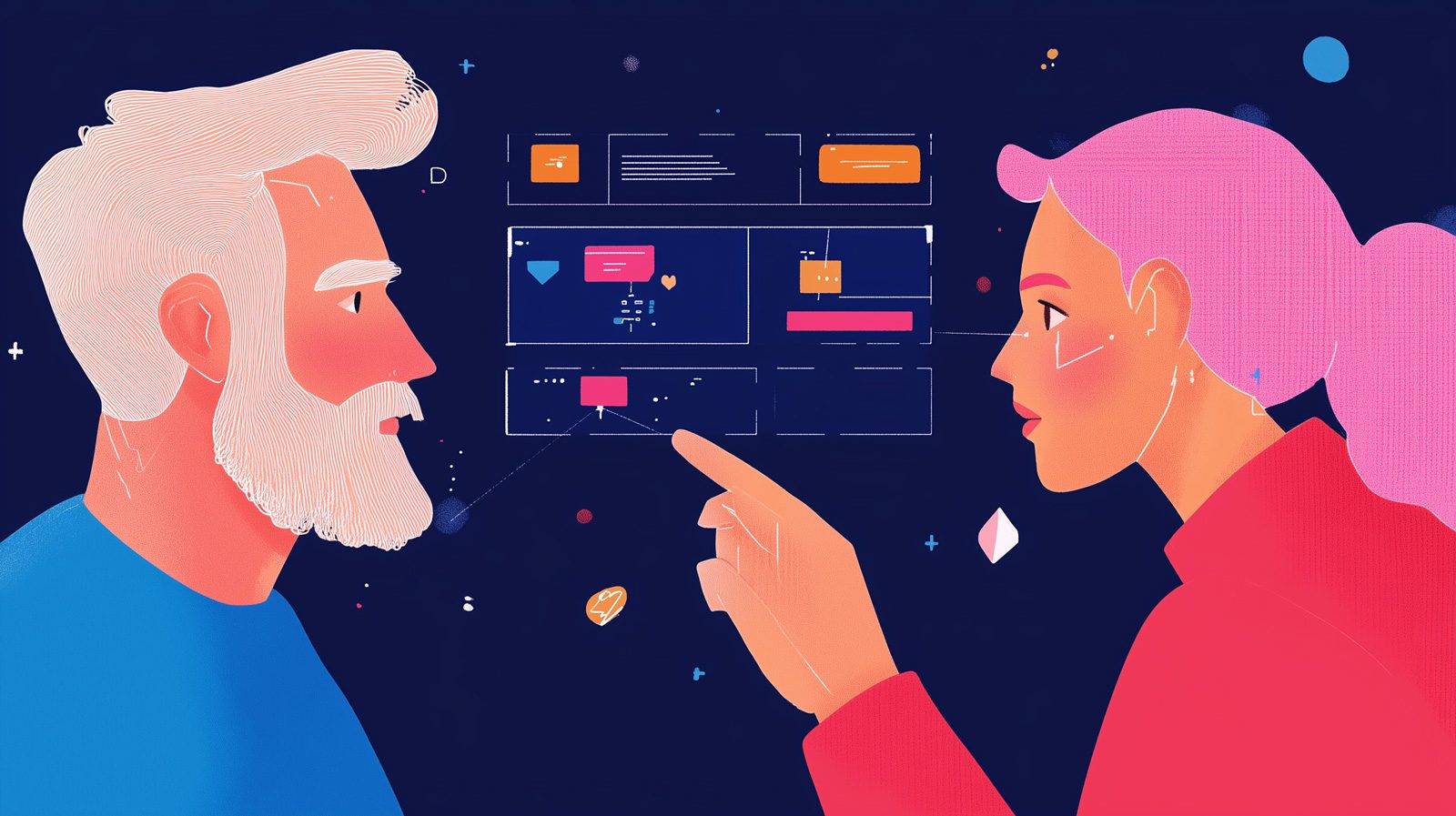Artificial intelligence (AI) is rapidly reshaping the landscape of UX design, introducing innovative applications that elevate user experiences, predict user behaviour, and create immersive interfaces for software, websites and mobile apps. As AI in UX evolves, the integration into UX design are set to revolutionise our interactions with digital products and services.
Personalisation: Crafting Tailored Experiences for Every User

AI’s most impactful contribution to UX design is personalisation. Leveraging algorithms, AI analyses extensive user data, from browsing patterns to preferences, to craft individualised experiences. By comprehending unique behaviours, AI tailors website layouts, product recommendations, and content suggestions, resulting in a more engaging and satisfying user experience.
The era of one-size-fits-all is fading. Users now expect tailored interactions that resonate with their preferences. AI, through machine learning algorithms, goes beyond static personalisation to dynamic adaptation. It doesn’t merely remember past interactions; it learns and evolves, providing real-time adjustments to meet users’ evolving expectations.
Prediction: Anticipating User Needs and Actions

AI’s ability to predict user behaviour transforms UX design. Predictive modelling analyses user interactions and past behaviour, foreseeing future actions and needs. This predictive power enables AI to suggest relevant products, offer context-aware guidance, and anticipate potential issues, significantly enhancing user satisfaction and efficiency.
For instance, in e-commerce, predictive AI can analyse a user’s past purchases, browsing history, and even the time of day they usually shop. With this data, it can proactively suggest products, offer discounts, or guide users through the purchasing process. This not only streamlines the user journey but also contributes to a more personalised and enjoyable shopping experience.
Engagement: Crafting Immersive and Interactive Interfaces

As AI in UX revolutionises the creation of engaging interfaces. AI-powered tools generate dynamic content, adapt to user input in real-time, and provide personalised feedback. This facilitates the development of immersive experiences like augmented reality (AR) as seen in the Apple Vision Pro and virtual reality (VR) as seen in the Meta Quest 3, captivating users and enhancing their interactions with digital products.
The emphasis is not just on aesthetics but on creating meaningful, interactive, and memorable experiences. From chatbots offering personalised assistance to virtual reality environments that simulate real-world interactions, AI enables designers to push the boundaries of creativity and engagement.
Useful Tools for AI-Powered UX Design
AI-powered tools empower UX designers to create innovative and user-centric experiences. These include:
- User Research Tools: Analysing vast user data for valuable insights.
- Content Personalisation Platforms: Tailoring content recommendations and layouts.
- Predictive Analytics Tools: Anticipating user behaviour and addressing potential issues.
- Chatbots and Virtual Assistants: Providing personalised customer support and resolving queries.
- AR/VR Development Tools: Streamlining the creation of immersive experiences.
Conclusion: Embracing AI in UX for a User-Empowered Future
The integration of AI into UX design is not just a trend; it’s a transformative force shaping the future of digital interactions. AI empowers designers to create personalised experiences, predict user needs, and craft engaging interfaces, leading to intuitive, personalised, and deeply engaging user experiences.
Ready to transform your digital presence with AI-powered UX design? Schedule a FREE 30-minute discovery session with the expert team at SourceCodeStudio.
Let’s turn your vision into a digital reality. 🚀✨
In conclusion, as AI continues to evolve, its impact on UX design will only grow. Designers who embrace and harness its capabilities will be at the forefront of delivering innovative and user-centric experiences in the digital landscape.







